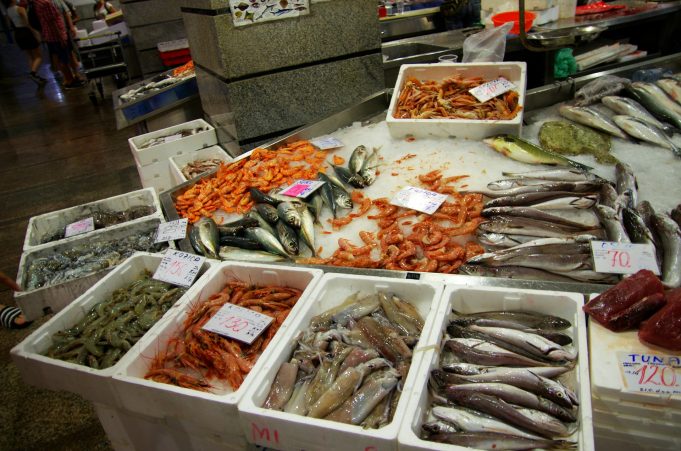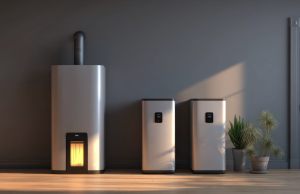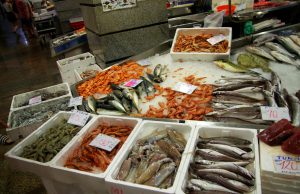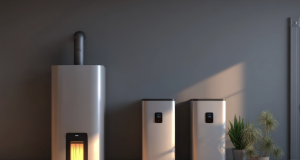Seafood processing on vessels is often carried out under tough and unusual conditions, and honestly, who would expect the sea to make things easy? Limited space is usually faced, and hygienic product handling is required at all times. Equipment is expected to be built strong enough to survive harsh maritime environments while product protection and smooth operations are still maintained.
A range of compact lifting and handling systems is being offered by Carsoe, and these systems are designed specially for use at sea. Their efficient designs are created to solve operational challenges, and customization is provided so vessels or facilities can get solutions fitted to their exact needs. All of this is done without losing quality or cost efficiency — quite impressive, isn’t it?
This article is being used to explain the advantages of integrated systems, the main things to check when choosing equipment, and the practical ways these technologies help create smoother seafood processing.
Why integrated lifting and handling matter onboard
Space is viewed as one of the biggest concerns on any vessel. Compact and well-designed machines are preferred because they help increase productivity without overcrowding the workspace. Integrated solutions — like elevators, palletizers, and sorting units — are often used to speed up workflow and reduce physical labour demands.
Reliable equipment is also needed to maintain product quality during transportation, as unnecessary handling is minimized. Automation is seen improving hygiene too, because direct contact with seafood is reduced — makes sense, right? Systems created especially for maritime conditions help maintain consistent standards even when seas get rough or schedules get intense.
One strong example is the single column lift, which is used to move items between deck levels while taking almost no extra space. Choosing equipment with a proven record of durability becomes essential to prevent downtime — especially when operations can’t simply stop because of a storm or a heavy workload.
What to consider when choosing seafood processing equipment
When equipment is being selected, factors like space availability, product types, and expected daily output should be checked carefully. Space-saving designs allow more work to be done in tight areas, whether onboard or in smaller land-based facilities. Customization is often requested by vessels or factories with unique layouts — and it can be provided without trouble.
Features like easy access for maintenance and remote troubleshooting are helpful because they reduce downtime if issues appear at sea. Durability is another key requirement. Stainless steel builds and sealed components provide resistance against saltwater, corrosion, and harsh weather.
Another smart question to ask is: will this equipment support future upgrades? Many operations grow over time, so systems that allow expansion or service packages tend to offer better long-term reliability. This helps keep productivity stable even during high-demand seasons.
Practical applications in modern seafood factories
Modern onboard seafood factories make use of lifts, conveyors, and sorting lines to move products quickly from catch to storage. Automated palletizers are being used to stack goods neatly before freezing or shipping. This reduces physical strain, saves time, and protects product quality during transport — a big win for workers and customers.
Land-based facilities also benefit from compact lifts, especially where floor space is limited. Handling equipment can be adjusted whenever layouts change or new product categories are introduced — flexibility is appreciated everywhere. Remote monitoring tools help operators spot problems early and keep production running smoothly.
By using lifting solutions specially designed for the seafood sector, both trawlers and land processors can maintain efficient workflows while keeping quality standards strong at every stage of production. Quite a transformation, isn’t it?














